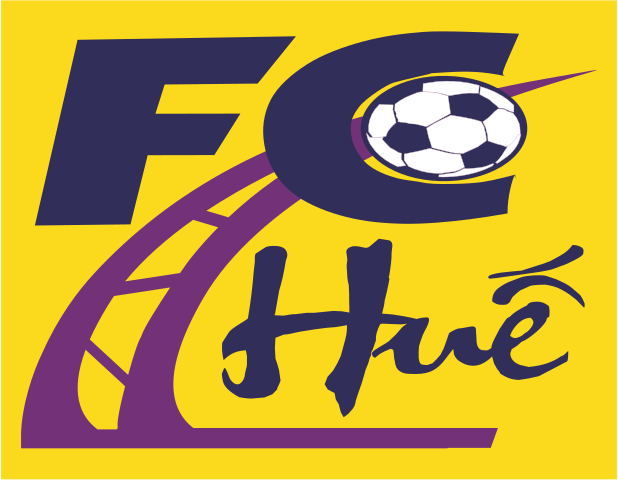The Organic Sugar Market continues to experience strong Growth, fueled by rising consumer preference for healthier, sustainable sweeteners. Central to this expansion are retail and wholesale organic sugar suppliers, whose distribution strategies and product offerings significantly influence the market’s Size, Share, Trends, Forecast, Industry, and overall Analysis. Understanding distribution efficiency and revenue potential is critical for stakeholders seeking long-term success.
As per MRFR analysis, The Global Organic Sugar was estimated at 1.034 USD Billion in 2024. The organic sugar industry is projected to grow from 1.188 USD Billion in 2025 to 4.76 USD Billion by 2035, exhibiting a compound annual growth rate (CAGR) of 14.89 during the forecast period 2025 - 2035.
Retail and Wholesale Organic Sugar Suppliers
Retail and wholesale organic sugar suppliers play a key role in connecting manufacturers with end consumers and businesses. Their responsibilities include:
-
Ensuring a consistent supply of certified organic sugar
-
Expanding product availability across supermarkets, specialty stores, and e-commerce platforms
-
Supplying bakeries, food manufacturers, and hospitality businesses
-
Maintaining competitive pricing while ensuring product quality
Effective supplier networks directly impact Market Share, contribute to Growth, and enhance overall consumer trust in the organic sugar industry.
Distribution Channels for Organic Sugar
Efficient organic sugar distribution channels are essential for market penetration and accessibility. Key channels include:
-
Retail Chains and Supermarkets
Provide high visibility and convenience for health-conscious consumers, driving Market Size. -
Specialty Health Stores
Target niche consumers seeking certified organic and non-GMO products, contributing to Share growth. -
Wholesale Suppliers
Supply bulk orders to food manufacturers, bakeries, and hospitality businesses, enabling wider market coverage. -
E-Commerce Platforms
Offer direct-to-consumer sales, improving accessibility and supporting Revenue Forecasts. -
Export Channels
Facilitate international trade and broaden market reach, enhancing Trends and overall Industry Analysis.
Diverse distribution channels help suppliers meet growing demand while supporting a scalable and sustainable market Growth.
Revenue and Pricing Analysis
Pricing trends and revenue analysis in organic sugar market reflect production costs, consumer preferences, and market competition. Key insights include:
-
Premium Pricing for Certified Organic Products
Consumers are willing to pay more for natural, non-GMO, and sustainable sugar products. -
Revenue Growth through Diverse Channels
Retail, wholesale, and online sales contribute to increased Market Size and long-term profitability. -
Cost Optimization Strategies
Efficient sourcing, bulk purchasing, and contract manufacturing support competitive pricing and higher margins. -
Private-Label Opportunities
Retailers leveraging contract manufacturing can enhance revenue streams and expand market presence.
Revenue analysis highlights a positive Forecast, indicating sustained Growth and strengthening of the industry overall.
Import/Export Opportunities
Global demand for organic sugar has opened new import/export opportunities. Advantages include:
-
Expanding into markets with growing health-conscious consumer bases
-
Increasing revenue through international trade
-
Leveraging organic certification and traceability for competitive advantage
-
Enhancing brand recognition in global supply chains
These opportunities support Trends in the organic sugar market, boosting Market Size, Share, and Revenue Forecasts.
Competitive Landscape
The organic sugar market competitive landscape is shaped by product quality, sustainability practices, and distribution efficiency. Key elements include:
-
Certification and Traceability: Ensuring product quality and consumer trust
-
Product Portfolio: Offering raw, refined, powdered, and specialty organic sugar
-
Distribution Efficiency: Strong retail, wholesale, and online networks increase accessibility
-
Contract Manufacturing Partnerships: Enable scalable production and faster market entry
A strong competitive strategy strengthens Market Share, drives Growth, and improves the long-term Forecast of the organic sugar industry.
Future Outlook
The Organic Sugar Market is expected to continue its positive trajectory. Key drivers for future Growth include:
-
Rising health awareness and preference for natural sweeteners
-
Expansion of retail, wholesale, and e-commerce channels
-
Increased adoption of contract manufacturing for scalable production
-
Growing import/export opportunities to meet global demand
These factors indicate that the Market Size and Share of leading players will continue to increase, while revenue Forecasts remain strong in the coming years.
FAQs (5)
1. Who are the main retail and wholesale organic sugar suppliers?
They include distributors supplying supermarkets, specialty stores, bakeries, and food manufacturers with certified organic sugar.
2. How do distribution channels impact Market Share?
Efficient retail, wholesale, e-commerce, and export channels expand accessibility, increase Market Size, and strengthen Share.
3. What are the current pricing and revenue trends in organic sugar market?
Premium pricing for certified products, cost optimization, and private-label opportunities support revenue growth.
4. What import/export opportunities exist for organic sugar?
Global demand allows expansion into new markets, increasing revenue and enhancing competitiveness.
5. How does the competitive landscape affect market growth?
Strong product quality, sustainability practices, distribution efficiency, and contract manufacturing partnerships drive Market Share and long-term Growth.


